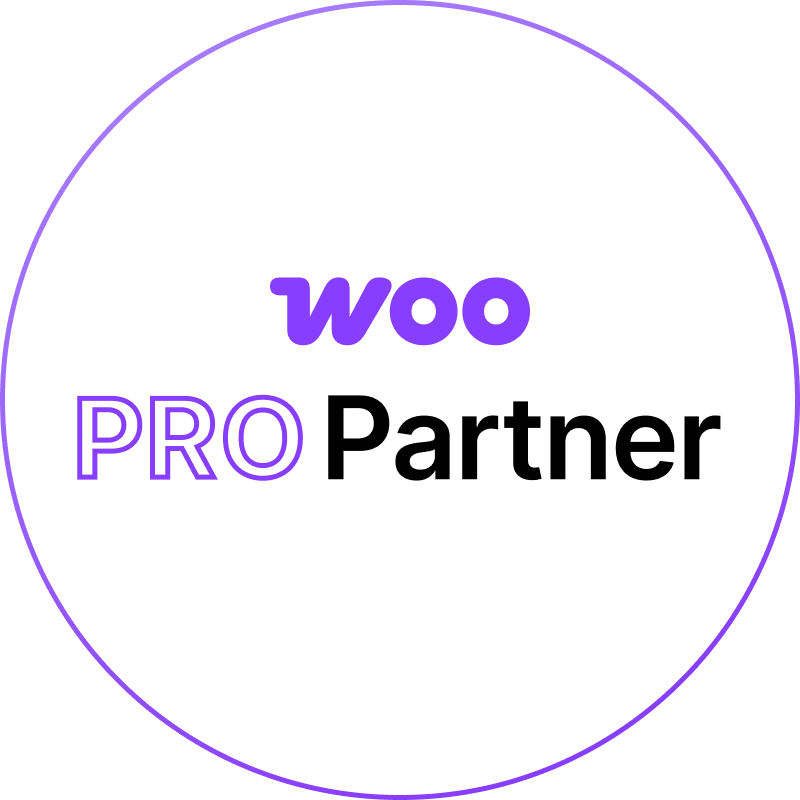Content Marketing: How to Understand Your Audience
Content marketing is about engagement. It’s about forming a connection between the business and the audience, so that they become more loyal and more attached to what you have to offer. To connect with your audience, you need to pinpoint who they are, what needs they have, and where they are on the road to purchasing your product. Engagement is, in simple terms, finding out who your prospects are and giving them exactly what they want.
But how can you spark engagement without knowing what your audience wants? How can your content creation be successful without knowing who you’re writing for?
You can’t. It’s impossible.
It would be like someone walking into a restaurant, and the restaurant gives the customer food without asking or knowing what he wants. The restaurant gives the customer pizza when what he really wanted was a medium- rare steak. The customer won’t eat it; he’ll walk out.
The effectiveness of content marketing relies on having an in-depth understanding of what the potential buyer is looking for, and delivering it to them like you read their mind. There is no guesswork, only certainty.
How can you connect with your audience when you probably never have before? How can you create attention-grabbing content that speaks to their inner needs and desires?
The process goes like this: Research + Execution.
Research is to map out who your customers are, what they like, what they need.
Execution is about incorporating your research in your strategy and delivering content that is tailor-made for your audience.
How to research for your audience
What we mean when we talk about research: You need to collect as much relevant data about your buyers and prospects as possible. Research is integral because it cuts out all guesswork and gives you a clear map of where you need to take your audience.
You need to know what type of people you are marketing to.
Here’s the thing: There will be different types of people in your audience. And they will have different motivations for using your product. The more types of people you have using your product, the more difficult content creation becomes.
But before we get into creating content for these different types of people, we have to identify who these people actually are. That’s why we conduct thorough research.
Here’s a list of things that you need to know about your prospects:
- Gender
- Age
- Location
- Budget
- Why they would buy your product (their motivations)?
- What problems do they have?
- What problems does your product fix?
- What would stop them from purchasing your product?
- At what point will they want to buy your product?
This is a mix of demographic and behavioral information that will inform you of who your potential buyers are and what they are looking for.
You extract this information by compiling data from your existing and potentials buyers. You should be collecting data from every person that your business interacts with. You do this by conducting surveys whenever possible (from your blog, your email lists, after you make a sale, etc.) Ask these probing questions. Don’t be afraid to ask someone to fill out a quick survey. Often enough, they’ll be happy to do it.
Once you know who your prospects are, and what is compelling them to purchase your product (or what is repelling them from doing so), you can start to create more personalized, targeted content.
Your execution will determine how well you connect with your audience
One of the first things you’ll realize when you begin to collect research about your audience is that there is not just one type of customer. There are usually multiple types. That is, unless you’re in a really niche market where only a one type of person will be interested in your company, you will have to create your content with multiple personas in mind.
A “persona” is classifying who your prospects are and what they want. Here’s an example:
John is a mid-40’s male who’s located in the local area. He has a middle class income, and his budget is about $200 for the types of products that we sell. His main concern is that the products he uses are fast, functional and reliable. He’s using a competing company whose product he finds inconsistent and inefficient.
Of course, this is just an example (the more detailed your personas are, the better). When you classify your prospects like this it’ll help you better understand who they are, so that you can deliver content that is specifically for them. Create and rotate content that is targeted to your personas.
Stop creating content in the dark. Start pinpointing who your audience is and what they want. Connecting with your audience will take your content marketing to the next level.

















